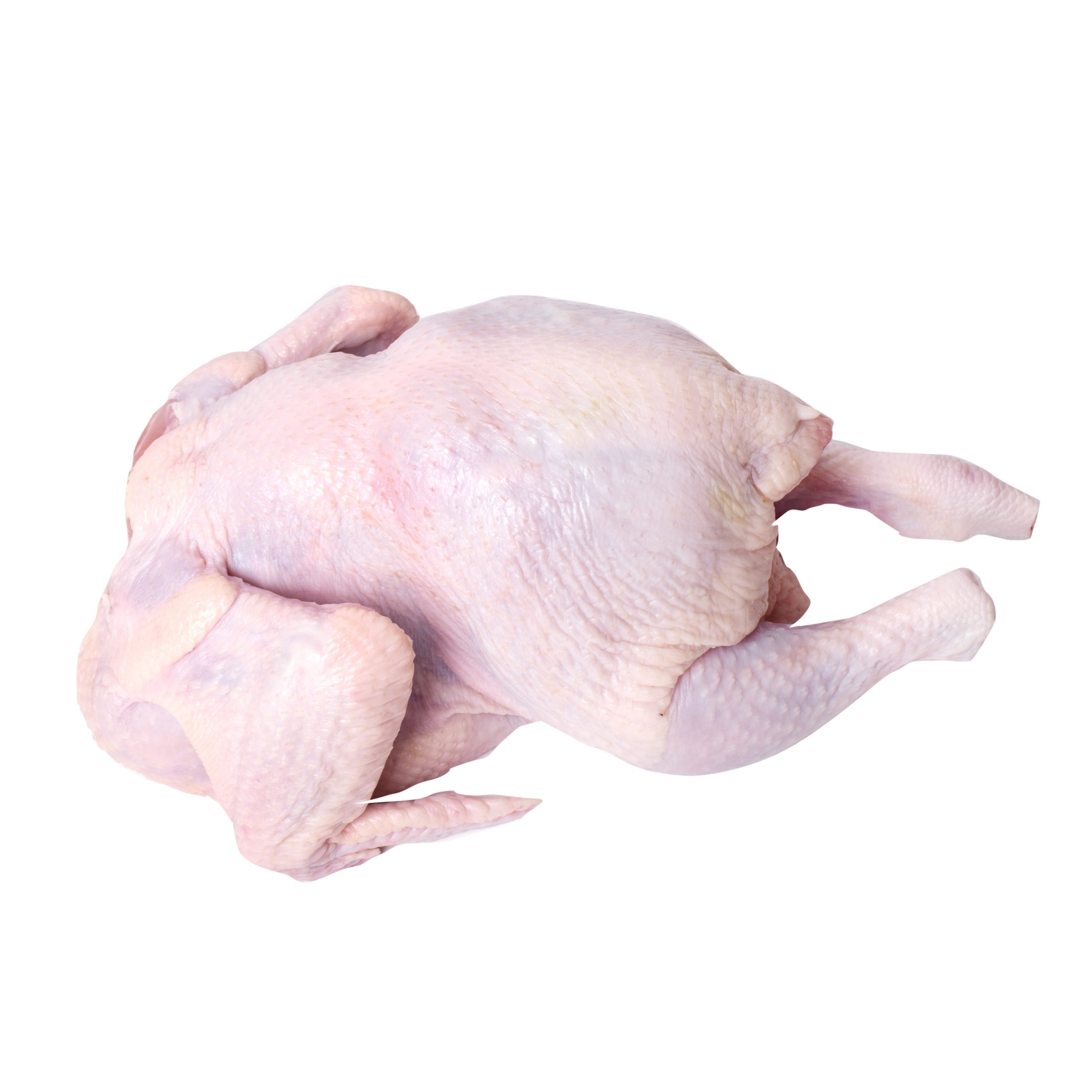Before I get into why we’ve become a culinary illiterate country, I want to discuss the title of this article. Yes, I use the word “fucking” in it. Yes, my editor allowed it. Why did I choose it, and why have I chosen to use it in the past?
The simple answer is I’m pissed off about how, in less than one generation, most people think something like chicken is some that come in nugget or strip form. That the mere sight of a chicken back or neck has turned an entire generation into a bunch of pussies, that’s why. Now, onto the chicken.
[Brief] Commentary
I’m not talking about going out to your coop, finding an asshole hen or rooster, and cutting that animal’s head off, followed by a plucking. That’s for another article. I’m talking about a whole chicken you get at the supermarket.
If you pay attention, you can find them for as little as $1.00/lb. If you look even more carefully, you can get the ones that are a day off from going in the trash bin for even cheaper. If you must, you can grab a Smart chicken at the Briar Patch for $8-9/lb. Which I think is crazy. Crazy not because of the price, which probably reflects the actual reality of sustainable farming, but mad because “who the hell can afford that?” That’s a real reason to become a vegetarian, right there.
A whole chicken will easily feed an entire family for around $7.00. And what makes using an entire chicken important is:
- You see the whole animal’s anatomy. See #4
- You save a bunch of money. Why pay someone else $2-3/lb just to cut the animal into pieces? It’s one of the biggest scams in the Supermarket.
- You have greater control of quality.
- You can teach your kids that a chicken has no nuggets. Well, not the kind the kids are thinking about if you catch my drift.
Knife Skills
By far, the thing that holds people back from butchering a chicken or any other animal is their knives suck, and they don’t know how to use them. It’s remarkable what people put up within their kitchen. It’s hard to enjoy cooking when your fighting with your knife with every slice. So here are some tips in the knife skills department.
- Get a reasonable French Chef-style knife. You do not have to spend a fortune. I’ve seen some decent ones at Target for around $20.00.
- Get a paring knife. Again, no need to go overboard here.
- Get knife steel to occasionally “get the edge” back. You’ll be surprised how a couple of strokes on a steel will bring a knife back to life.
- Make sure the knives are sharp and have a good edge. Note: knives are sharpened once, and then you use something like a knife steel to “get the edge back,” which is nothing more than sanding down the rough edges at a micro-level.
- The most dangerous item in your kitchen is a dull knife. Not only do dull knives destroy everything they come into contact if you get cut with a dull knife, but you’re also in a lot more trouble.
- Do not, again, NEVER, put your knives in the dishwasher or even the sink. Both of these places ruin the integrity of your knives. Always hand-wash your knives with warm water and mild dishwashing soap.
- Go slow and pay attention. Always cut away from your fingers.
Butchering a Whole Chicken
Ok. This is technically cheating. But I started to write up the instructions and found that writing about butchering a chicken is more challenging than this writer can handle. So here is a video on how to do it. BUT, here are some Loretta notes:
- Don’t worry about the god-damned wishbone. Just leave it in.
- Don’t forget about the back. This video discards the carcass, which is wasteful. The lower part of it can be broken off and roasted. Not a lot of meat, but enough. Just grab the carcass, and bend the lower part of it off until it breaks off.
- Go ahead and do the full break-down. Cut the quarters (the thighs and the drumsticks) into pieces. Watching a 10-year-old navigate a whole chicken quarter is not for the faint of heart.
- The video mentions this, but I want to over-stress this: keep your workspace clean. It’s almost as crucial as your sharp knives.
Chicken Preparation
There are a gazillion ways to cook a chicken. That fact unto itself is a reason not to kill yourself. Life is okay as long as there’s chicken.
However, some things can make your chicken dinner amazing. And the first thing you need to do is brine your chicken. Brining is a process that takes only a few minutes and a few ingredients, but it can MASSIVELY improve the quality of your cooked chicken. In a nutshell, brining is soaking your chicken in a salt and sugar solution. It’s a lot like marinating, but easier and quicker.
All you have to do is soak your cut-up chicken in the following solution for 1-2 hours before cooking, and you’ve fool-proofed any lack of skill you might have. All caps coming: IT IS ALMOST IMPOSSIBLE TO SCREW UP A BRINED CHICKEN.
Brine Ingredients
A pot large enough to hold your chicken pieces
- 1-2 gallons of warm water, or enough to evenly cover your chicken pieces.
- 1/2 cup of salt.
- 1/2 of sugar
Then anything else you want infused into the chicken meat. Some suggestions:
- Fresh Herbs (Basil, Oregano, Thyme, Mint, Parsley)
- Citrus (Limes, Lemons, ORANGEs)
- Chopped Garlic
- Minced Onion
- Black/White/Red Pepper
Put the above ingredients into the water, mix, and then add the chicken. Let soak for 1-2 hours. The meat will absorb both the water and the flavor, which will help prevent over-cooking AND add lots of flavors.
Roasting You Chicken
Preheat your oven to 410°F. That’s 210°C for our European and Canadian friends.
Chicken Coating Ingredients
After your chicken is done soaking in the brine, rinse it thoroughly. Mix the following coating in a mixing bowl:
- 1/2 can of Panko bread crumbs
- 1/2 cup of white flour
- 1 tbsp of baking powder (not baking soda you cretin)
- 1 tbsp of white pepper
- 1 tbsp of black pepper
- 1 teaspoon (I said teaspoon) of red pepper
Mix all that shit and dredge your chicken through it. I like to press the coarse crumbs into the chicken pieces to make sure that they adhere to it. Place on a non-stick cooking pan or Pyrex dish. Tip: if you can elevate the chicken above the pan using a grate, even better.
Place the chicken in the oven for at least 35-45 minutes, or when the chicken turns brown, and the fat is starting to sizzle. I like to cook my chicken for up to an hour. Remember: the brining process protects the chicken from overcooking.
Remove and let rest for 5-10 minutes.
That’s it.






